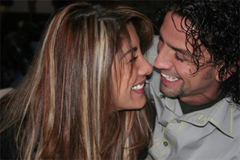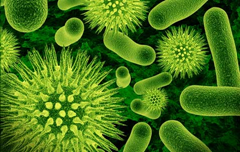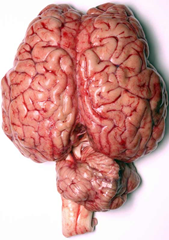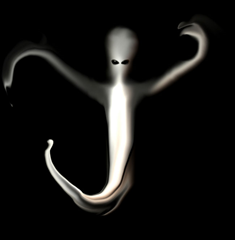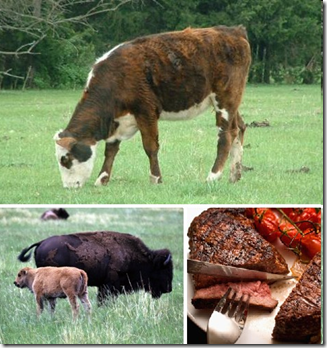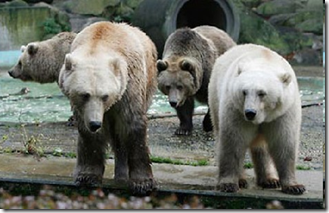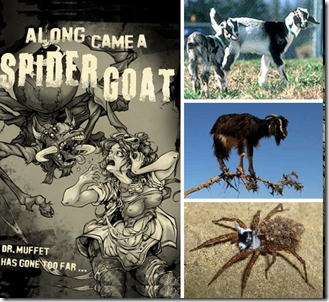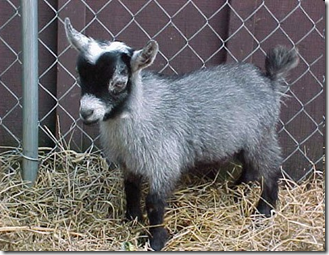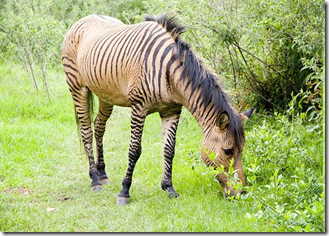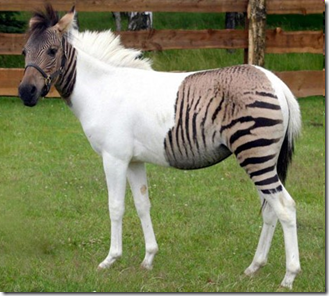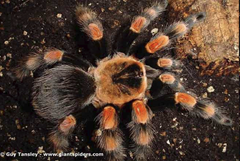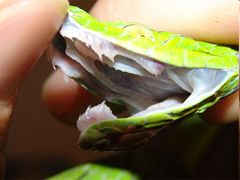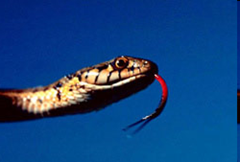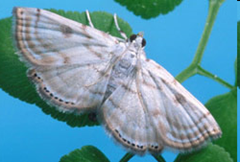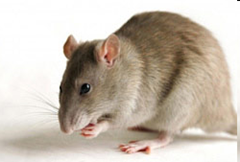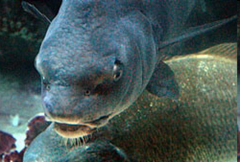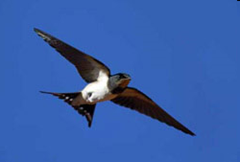Think that you’ve been hard done to by the parking authorities? Well, wait until you have read these extraordinary tales…
#1 - Trucking ridiculous
It was a normal day for truck driver Michael Collins, who was on his way to collect a skip in London’s Belsize Park. But then, without warning, his truck lurched as the road beneath him collapsed. Unbeknown to Michael, a burst water main had caused the road to give way, creating a deep hole where the front wheels of his 17-tonne truck became stuck.
While he was waiting for his lorry to be rescued, a passing parking attendant appeared. To the astonishment of nearby residents and despite Michael’s protests, she stood on tiptoe and whacked a parking ticket on the trucks windscreen, uttering the immortal words, “You can appeal”. (See picture above).
#2 - Bad news comes in trees
If a tree fell on your car and you escaped death by mere inches, you might think that you would get some sympathy from your local council. Sadly, no such compassion was forthcoming when one family suffered just such a fate under the parking Taliban of Wychavon District Council
Nicky Clegg from Stoulton, near Pershore, was driving along the Bromwich Road with her 82-year-old mother and her 11-year-old son when without warning a tree crashed on her car. Miraculously they escaped death but the car ended up with a crushed bonnet, smashed windscreen and broken wing mirrors.
Police dragged the wrecked car to the side of the road and told Nicky that it was fine to leave it there and she could pick it up the following day. But when Nicky came back the next day, she was astonished to find a parking ticket on the window.
#3 - Feeling run down?
Think that being badly injured is an excuse to park illegally? Think again. When Nadhim Zahawi of South London was thrown from his scooter and left lying in the road with a broken leg, a heartless warden from Lambeth Council slapped a £100 ticket on his bike.
#4 - Horse play
You leave your horse in the street and what do you expect to find when you get back? A small pile of manure perhaps, but not a parking ticket. Amazingly, however, this is exactly what happened to Robert McFarland, a retired blacksmith from Yorkshire when he left his trusty steed, Charlie Boy, for a few brief moments. On the ticket, the over-zealous warden had written the vehicle description as “brown horse”.
#5 - Daylight robbery
It started off just like any other day for Fred Holt when he went to his local bank. But the ordinary day turned extraordinary when two masked men burst into the bank brandishing an axe and a machete. In the terrifying raid, the robbers held a young cashier hostage with an axe to her throat. Customers were forced to lie on the floor as staff were made to hand over cash.
If being a victim of this horrifying event wasn’t bad enough, 77 year old Mr Holt had parked his car nearby, and by the time he had given a statement to police officers, his car had been there for 20 minutes longer than allowed.
Mr. Holt was not worried because the police officers who interviewed him said that traffic wardens had been told about the raid and asked not to issue tickets. But when Mr Holt got back to his car he was astounded to find a £30 parking ticket pinned to his windscreen – the reason: overstaying his allowed time in the street.
#6 - Bloody ridiculous
“Do Something Amazing Today” runs the slogan of the National Blood Service. In Sutton, a traffic warden did just that, though not along the lines of “Save a life. Give Blood” that the advert intended.
For four years, a mobile National Blood Service truck has visited Sutton, parking at the same spot outside a group of offices, so volunteers can give blood. But seeing the good citizens of the town turn up and exchange a pint of the red stuff in return for a cup of tea and a biscuit was too much of a temptation for one parking attendant. Whilst those inside were giving blood, the parking attendant gave in his own unique way – in the form of a parking ticket.
Sutton council eventually waived the fine, saying the parking attendant had made a simple error of judgment. Or to put it more aptly, a rush of blood to the head.
#7 - Bus(ted)
Picture the situation. You’re a bus driver. You’re driving your bus. You see a queue of people waiting for you at a bus stop. You pull over to pick them up. So far, so good. But wait, not everyone wants to buy a ticket. This chap in the queue wants to give you one instead…
This was the extraordinary scene that greeted Manchester bus driver Chris O’Mahony, when he stopped his number 77 bus to let people on. He and his passengers looked on in absolute disbelief as the Manchester City Council parking attendant joined the queue to prepare the parking ticket, deposited the £40 notice and then walked away. The bus driver’s crime? Parking in a restricted area.
The attendant said he'd been told to issue tickets to buses that park. Manchester City Council bosses cancelled the ticket and ordered the warden to be retrained. Hopefully, as something other than a warden.
#8 - Heart attack
Whilst David Holmes was driving along he felt chest pains. So he immediately drove himself to hospital. When he arrived he was forced to park on the road and was treated for a heart attack. A kind nurse left a note on the windscreen saying it was an emergency and that David's daughter would pick the car up later. Despite the note, a pitiless parking attendant slapped a parking ticket on David’s car.
Despite an appeal to the local council, the £40 fine was not cancelled.
#9 - Welcome to Warwickshire
Warwick is a beautiful part of England but it had no appeal for one man who received a parking ticket from the local Council.
Krister Nylander was dismayed to receive a parking ticket in the post for parking in Warwick. But he knew the parking ticket was wrong because he lives in Sweden and had not visited England since he was 16. The offending vehicle was his 20-ton snowmobile which had barely ever left his barn, let alone Sweden.
How did it get the ticket? We’ve absolutely no Ikea.
#10 - Driving you crazy
Driving instructors are used to the trials and tribulations of teaching people to drive. Three point turns, as we all know, can be very tricky to learn. So spare a thought for the driving instructor who got a CCTV parking ticket when his pupil stalled whilst attempting a three-point turn and could not restart the car. The offence? Parking more than 50 centimetres from the kerb.




